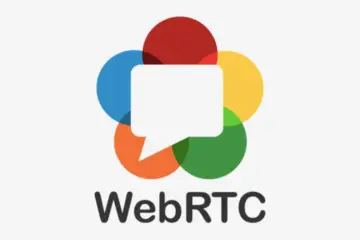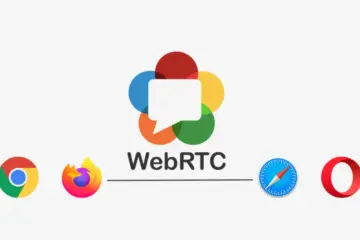As a result of the pandemic, video conferencing, streaming services, and online platforms used as tools for communications, gaming and sales have experienced an unprecedented surge in demand. Starting from the end of 2019, they have tremendously high traffic to be handled, and most of the traffic stemmed from video streaming needs.
Cloud service providers (or data centers) have also rearranged their internal structure created by the COVID-19 pandemic’s work-from-home and stay-home orders. Those cloud providers have also faced many issues to cope with, including increasing system capacities, guaranteeing 24/7 uptime/reliability level, enhancing speed and performance as well as ensuring extra security for video broadcasting.
A white paper from IDC predicts the amount of global data in the world will grow to a massive 163 zettabytes by 2025. Another report from Cisco suggests that by 2022, cloud-based data centers will account for 53 percent of all data center servers. The document also projects that enterprises will overtake consumers as the primary creators of data.
Challenges of video streaming in data centers

Cloud providers can be used to host large-scale video streaming services with better operational efficiency, as the multiplexing achieved by virtualization technologies allows different videos to share resources at the same physical server.
A clustering solution can be used to handle hundreds of thousands of requests, thanks to virtual machines. Such migrations have to be performed with careful consideration in mind, including utilization of resources like storage, bandwidth, and CPU.
Also, such cloud provider solutions give you the ability to scale up and down when needed, based on the number of broadcasters and viewers.
However, compared to usual SaaS offerings with no video throughput, video streaming services can easily choke the available bandwidth. Surveillance camera outputs, together with high-demand storage requirements have been using extreme bandwidth compared to a platform where you serve a CRM, HRM, or note-taking solution. Over the course of the years, speedy networks, flash storage, low latency solutions, and on-demand resources helped process data without undue delays.
As of this writing, there are a handful of video streaming platforms on AWS, Linode, DigitalOcean, and Azure. Those platforms provide scalability as the underlying structure allows, and hosting centers give the option to manage the instances in a convenient manner.
Video streaming platforms have also become TV-killer. Many people have been living in front of their laptops and computers, rather than opening up Netflix or Amazon Prime Video over Twitch for a reason: Those new kids on the block provide an assortment of episodes, live streams of the best games, and casual conversations.
Data centers have been designed to fit specific requirements and ease of deployment for video streaming companies as well. The underlying hardware (e.g GPU) when combined with the streaming platform, provides an unparalleled, self-managed, and highly performant setup in a short amount of time.
All the effort goes to ensuring that the network capacity doesn’t saturate with the video demand. Here we see 3 different ways of streaming video, based on compute and data center storage capacity:
Streaming live video in data centers

In order for streaming video to be processed, it needs to be encoded and packaged to support several video formats (e.g HLS, low latency HLS, WebRTC, CMAF/Dash, or others).
This requires both bandwidth and sometimes special hardware (e.g Nvidia or Intel GPUs) to make sure videos are processed fast enough to deliver video in near real-time in most cases.
Sometimes those videos are also stored, but it is mostly not a big need and the data storage requirements compared to VOD, which we will see below.
Video on demand in data centers

On-demand video characteristics are similar to that of streaming video, with one important and differentiating factor: storage capacity. When it comes to VOD, there are several video solutions for marketing, learning, training, and virtual communications.
Some companies want to control their video assets in a hybrid model, where some data resides in their own controlled hardware, and sometimes on the cloud, which is a perfect fit for a hybrid streaming & VOD platform.
Virtual reality in data centers

In addition, to live streaming and VOD, virtual reality solutions have become prominent in the last 5 years. This method needs stitching of individual streams captured, requiring significant rendering resources.
We later see several companies specializing in stitching images automatically and broadcasting 360-degree streams to streaming servers, like Ant Media. In this case, data centers need to have resources to keep up with both stitching, streaming, and storage needs.
Conclusion

User-generated video content has become ubiquitous, delivering state of an art experiences to different audiences. Data centers now have the ability to serve their infrastructure for many different streaming needs.
Ant Media is a great solution for streaming and VOD needs and can be deployed on all cloud service platforms in under 30 minutes in clustered mode to serve hundreds of thousands of viewers simultaneously.
This was something never thought to be true for small companies, and now it became a reality thanks to the collaboration of major cloud marketplaces and Ant Media.


